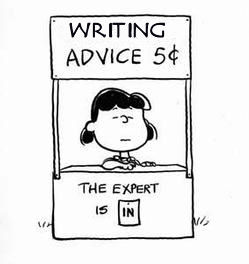The Irish government is asking people to take a survey on climate change action. If you live in Ireland, this affects you. It took me about 20 minutes including the screed I had to cut down because it was too long, because apparently you’re only allowed to have a certain amount of opionion on the climate crisis. It’s worth filling out. But then, why would I let a good screed go to waste? I wouldn’t, so here it is in a blog post. Feel free to adapt any of it…
Tag: climate change
two weeks of #100DaysOfWriting
Okay, okay, it was two weeks until yesterday, but it’s close enough. Today’s day 15 (assuming I can count, which I couldn’t last week when I gave us two Day Eights…), and I’ve managed to write every day, which is pretty unusual for me. I’ve done about…mmm. 7000 words, which isn’t really very many (particularly after last month’s, what, 65K+ and November’s …65K…?) but, you know, possibly the 120K in the past two months is taking its toll. Although really it’s more that I’ve… So my projects this month were…
Futuretripping: Los Estados Nuevos
June 1, 2017: United States Climate Alliance formed with 3 charter members. Within hours, 7 more signed on with 11 more expressing interest. Sept 2017: The USCA, backed by 37 member states, Puerto Rico, & Washington DC, is seen as the framework for pursuing the future liberals want. Dec 2017: All but 4 states (Texas, Oklahoma, Alabama, & Alaska) have joined the USCA. The member states demand a constitutional convention. March 2018: Denied a convention by an increasingly authoritarian federal government, the USCA member states unanimously secede. Alaska, Oklahoma and…
the changing arctic
“Daunting as the future Arctic looks to be, it may in fact be much worse. What we think we know about the future of the region may be grossly underestimated because scientists are uncomfortable talking about or putting pen to predictions that are not backed by 95 percent certainty.” — from The End & Beginning of the Arctic. This is precisely what’s concerned me since (before, but pointedly, since) the collapse of the Canadian ice shelf mentioned in this article. I understand the politics of science well enough to understand…
He’s Gonna Send the Water From Zion
Recent climate reports say the Western Antarctic Ice Shelf (WAIS) has reached a tipping point. Comparatively warm water is coming up and melting it from beneath where it’s attached to land, and all that’s keeping it from working its way into a lower-than-sea-level valley where it can loosen the entire WAIS is a granite bulge. There is no stopping it from cresting that bulge; the only question now is when. At the moment the predictions are that water will continue to rise on the order of millimeters per year for…


